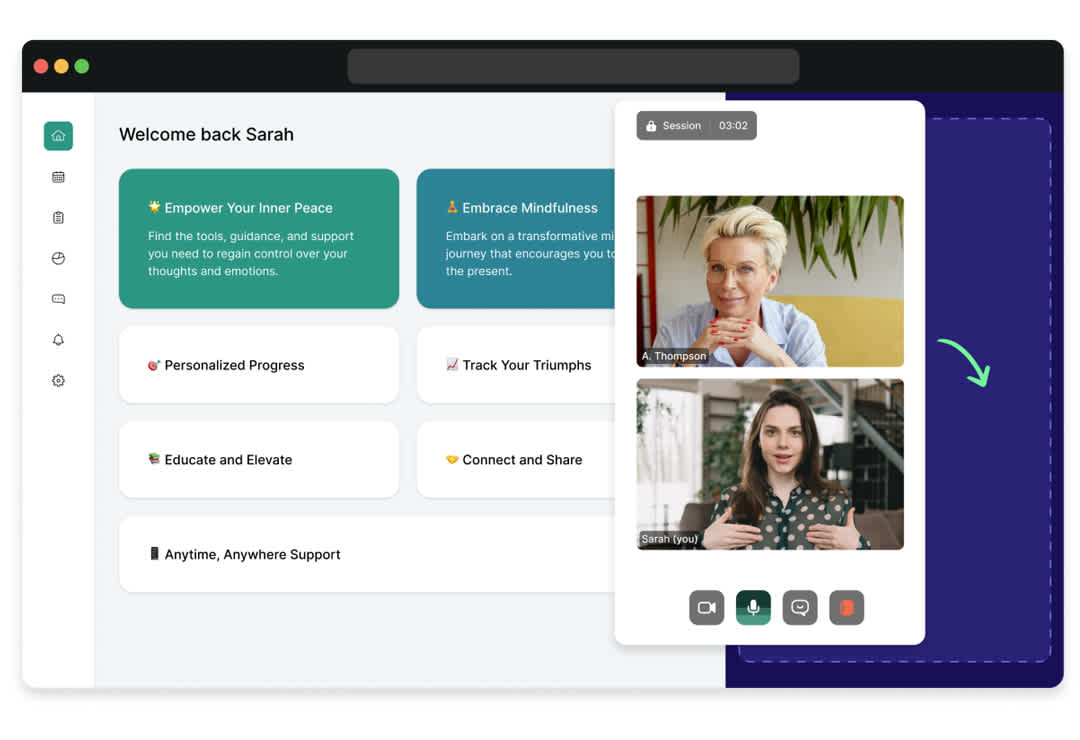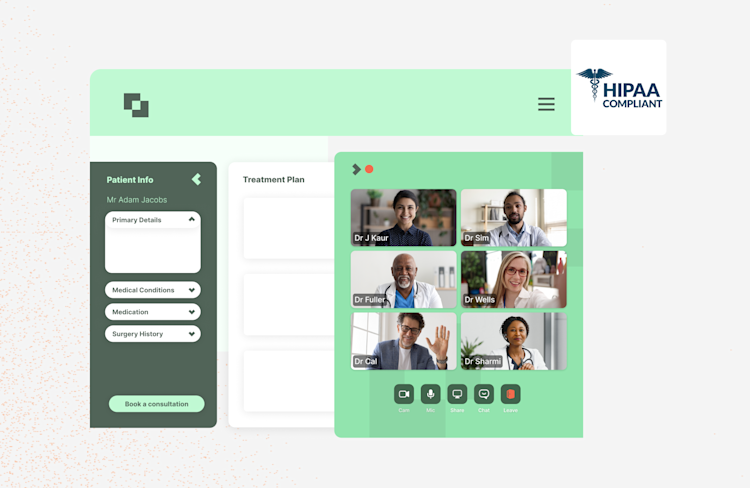Patient Perspectives: How Telemedicine is Reshaping Healthcare Experiences in 2024
In recent years, our close collaboration with telemedicine providers has allowed us to monitor emerging trends in the medical field, in particular the adoption of technologies to improve treatment.

At Whereby, we've been leading the charge. We witnessed a significant surge in virtual appointments during the pandemic, and now we're actively shaping the future of real-time video for digital healthcare by incorporating valuable feedback, leveraging studies, and analyzing market trends.
The state of Telemedicine
According to a comprehensive report by Fortune Business Insights, the global telemedicine market is experiencing robust growth. The estimated valuation of the global telemedicine market size was estimated at US$ 94.44 billion in 2023, with the worldwide demand to increase at a 17.2% CAGR and reach a market size of US$ 286.22 billion by 2030. These figures underscore the increasing acceptance and integration of telemedicine within healthcare practices worldwide.
Despite the rapid rise in adoption of Telehealth solutions, over 70% of patients still express a preference for in-person visits, as indicated by the BMC report. The research highlights the impact of factors such as perceived usefulness, ease-of-use, and privacy concerns on the acceptance of telemedicine. Understanding these factors is crucial for healthcare providers as they navigate the integration of telemedicine into routine care. By choosing secure, reliable, easy-to-use solutions, telehealth providers can help to improve confidence and trust with patients. Behavioural change of this scale requires education and assurance that sensitive medical data is kept confidential, and that technical challenges won’t be a barrier to receiving effective care.
Finding the right solution
At Whereby, we speak to telemedicine and digital mental health providers every single day, whether our existing customers or companies looking for a new video solution. The main challenges that surface time and time again from those using other video providers are related to quality, stability and poor end-user experience.
Usability issues during the initiation phase and compromised video quality account for the greatest patient frustration. In many instances, the dissatisfaction was so profound that doctors even ceased using the service altogether.
We have and continue to actively address these concerns. This has resulted in the rapid release of features and quality improvements, aiming to enhance the end-user experience and streamline the appointment process. We aim to provide a solution that is user-friendly and pain-free in terms of both usability and implementation.
In fact, 86% of our customers said using Whereby made hosting video consultations simpler for end users.

Setting practitioners up for success
Further exploration into the challenges faced by telemedicine providers revealed a simple yet impactful solution – equipping healthcare professionals with adequate training. While user-friendly interfaces address part of the issue, additional technical instruction and a touch of video etiquette can significantly elevate patients' perceived experience and contribute to securing more wins for telemedicine providers. Check out our tips for end users here.
Virtual care is here to stay
Encouragingly, a report from the 2022 U.S. Consumer Trends In Patient Engagement Survey showed that patients prefer virtual visits for certain types of care, including primary care (55%) and mental healthcare (45%).
Similar reports as well as the expansion and success of our customers in the mental healthcare space such as Unobravo, Tebra and Wellnite, highlight the potential for telemedicine providers to tailor their offering to the unique needs and preferences, and offer convenience and accessibility that traditional in-person sessions may lack.
As the healthcare landscape continues to evolve, addressing usability challenges, providing adequate training, and recognizing the diverse preferences of patients will be key to unlocking the full potential of telemedicine and assisting in a new era of healthcare delivery.


